For those who are only looking for a relaxing beach holiday, Central America and the Dominican Republic are the best place to go. With the Caribbean Sea on one side and the Pacific Ocean on the other, it's hard to choose which swaying palm tree to lie under. But Central America offers holidaymakers more than just paradise beaches, including a wide range of cultural and natural treasures. Think of the Mayan temples in Belize, the beautifully situated village of Bajos del Toro in Costa Rica, the beautiful viewpoint Montaña Redonda in the Dominican Republic and the national park El Imposible National Park in El Salvador. Impressive nature can be found, for example, around the lake Laguna Lachuá in Guatemala, the Yojoa lake in Honduras, the Corn Islands in Nicaragua and the surfer's paradise Santa Catalina Beach in Panama.
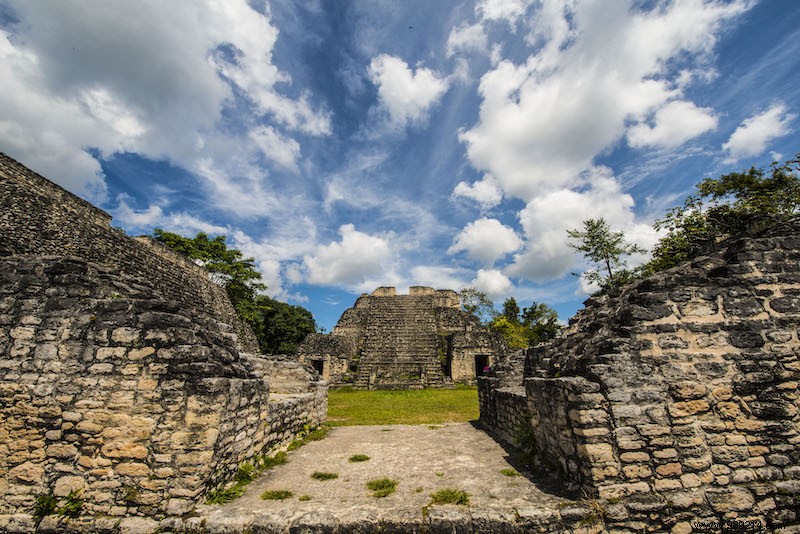
Belize:Mayan temples galore
Anyone visiting Belize should not miss the Mayan ruins. Although the Tikal temple complex in Guatemala is the largest of all, it is worth visiting others that are less well known. This is the case with Caracol, the largest Maya center in the country. It is located in the Chiquibil Forest Reserve and has the highest Mayan temple in the country – 43 meters. Also not yet overrun by mass tourism is the impressive temple complex of Xunantunich near the town of San Ignacio, after Caracol the second largest structure in the country. Smaller temple complexes such as the one in Altun Ha about 50 kilometers north of Belize City and Lamanai 15 miles south of the city of Orange Walk Town are also well worth a visit.
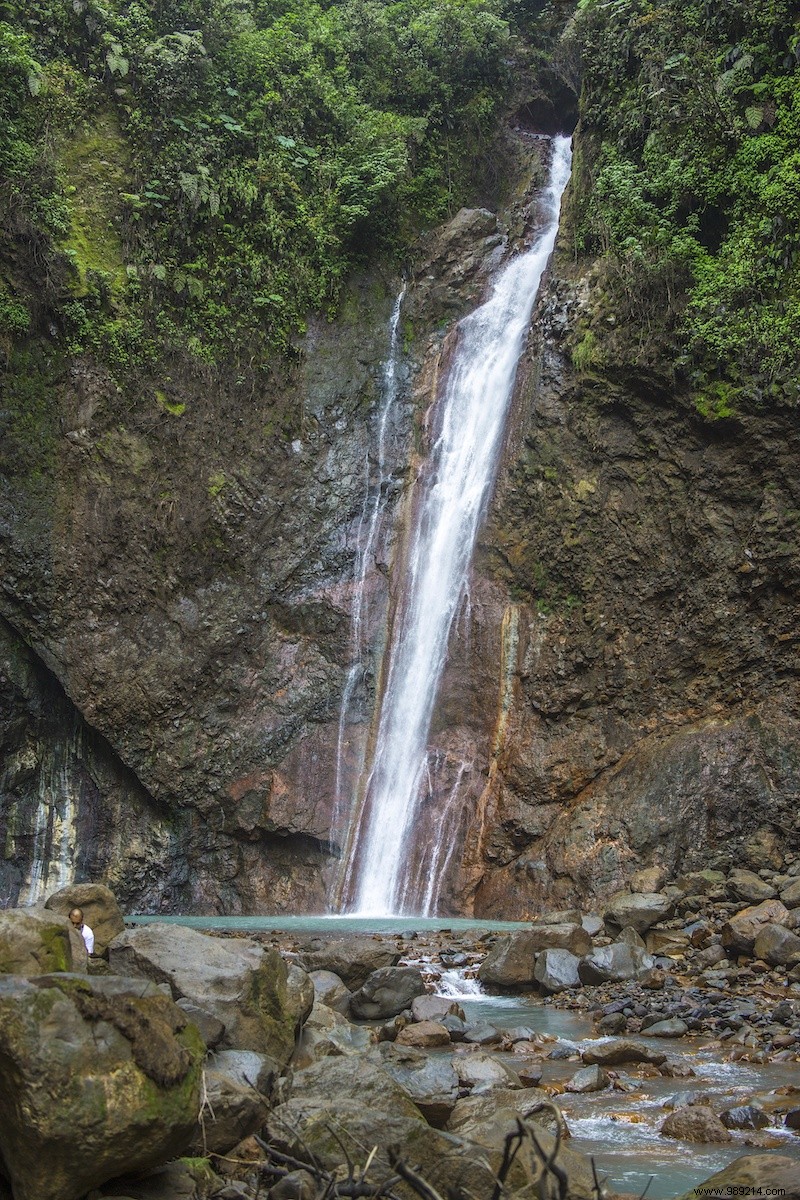
Costa Rica- Bajos del Toro
The village of Bajos del Toro is nestled in an impressive mountain valley nestled between extinct volcanoes, lush green landscapes and dazzling waterfalls and forest trails. This beautiful place is especially popular with hikers and bird watchers because of the Poás volcano – one of the largest craters in the world – and the Volcán Poás National Park. Birdwatchers will love the Juan Castro National Park and the Bosque de Paz Biological Reserve. The highest waterfall is the impressive Catarata del Toro, the largest in the country, and the family-owned Tesoro Escondido waterfall, which can be reached via a scenic 40-minute walk.
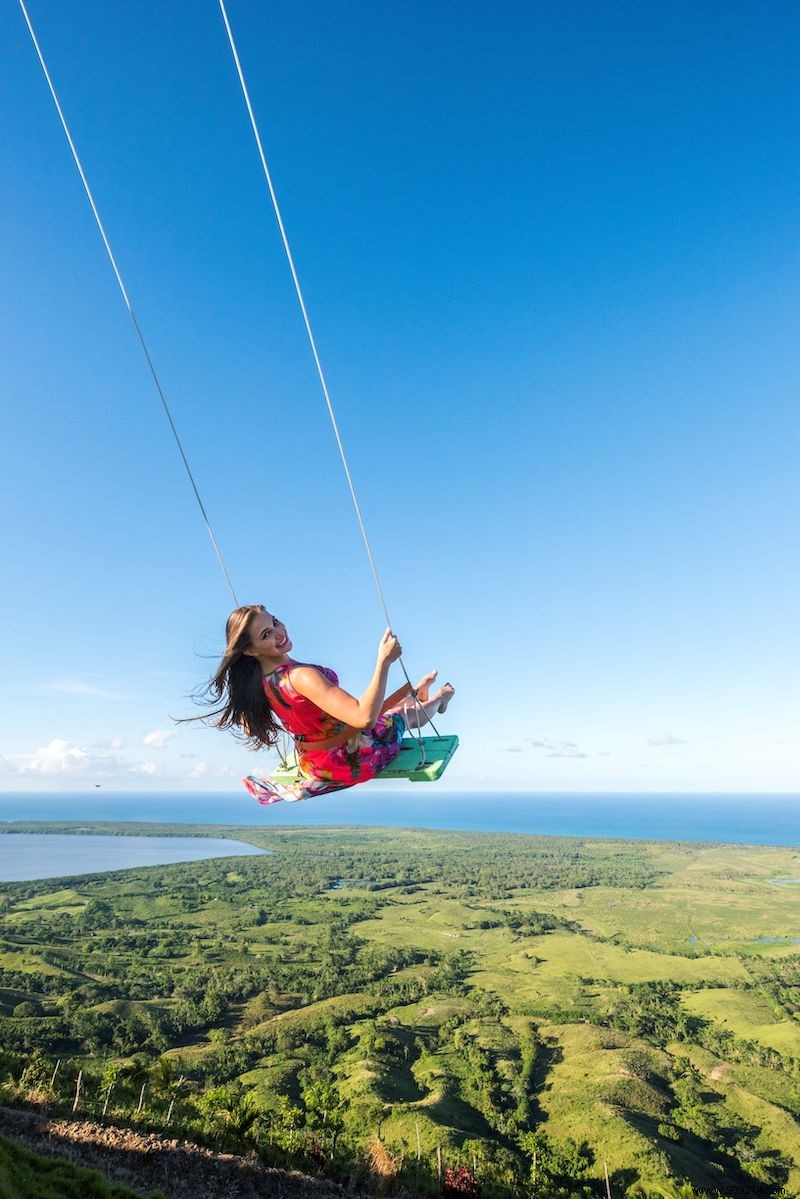
Dominican Republic:Montaña Redonda Montaña Redonda (the round mountain) was only known to locals, but in recent years improved accessibility - the construction of a road to Miches - has made this place popular with tourists. The plateau is located at an altitude of 300 meters and offers a beautiful 360 degree view of the surroundings and the sea, and the places of Samaná, Redonda lagoon, Limón, Miches and Seibo. The ride up in a truck is an experience in itself and for the ultimate selfie you have to swing over a steep ridge.

El Salvador – El Imposible National Park
It is the largest national park in El Salvador with an area of almost 40 km² and an altitude ranging from 300 to 1,450 meters:El Imposible. The name 'Impossible' refers to the gorge where many farmers and donkeys lost their lives transporting coffee to the ports. El Imposible was declared a National Park in 1989 and is home to 500 species of butterflies, 279 species of birds, 100 species of mammals and nearly 400 species of trees, two of which were recently discovered and grow only in this natural area. The tropical rainforest has the highest biodiversity in the country.
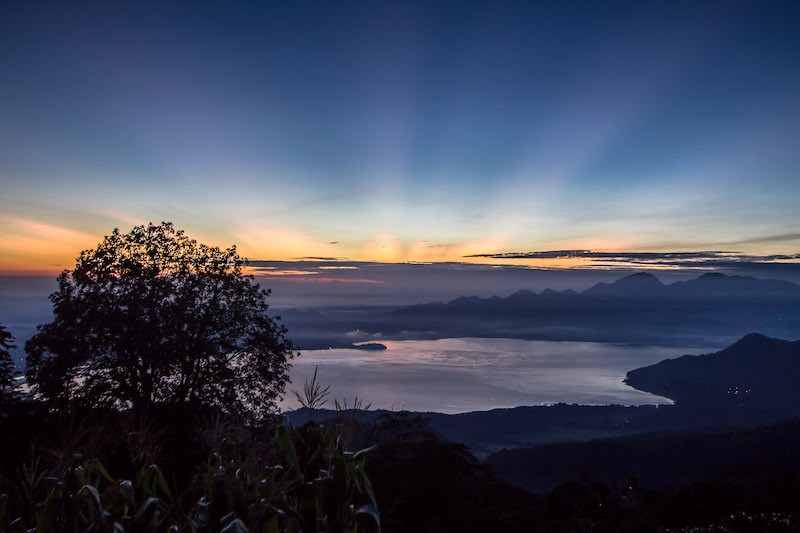
Guatemala:Laguna Lachuá
Laguna Lachuá is undoubtedly one of the most beautiful natural treasures of Guatemala. The lake of brilliant turquoise colors is located in the middle of the Cobán National Park, covered with tropical rainforest, 2 hours northwest of Cobán. Recently discovered by tourists, this Guatemalan gem is now a popular weekend getaway for Guatemalans. The lake has an almost round shape and is 200 meters deep. The water has a slightly sulfurous odor, as it contains a relatively high amount of calcite. You can camp there or rent a hut, there is no electricity or wifi, so you are really away from civilization here.

Honduras:Lake Yojoa
Lake Yojoa is the largest freshwater lake in the country and one of the most popular destinations for tourists visiting this region. The lake and the two national parks Santa Barbara and Azul Meambar are an Eldorado for bird lovers with about 500 bird species. The lake is surrounded by mountains up to an altitude of 2700 meters. It is an ideal place for eco-tourism activities, boat trips, water sports such as jet skis, regattas, kayaking and fishing.
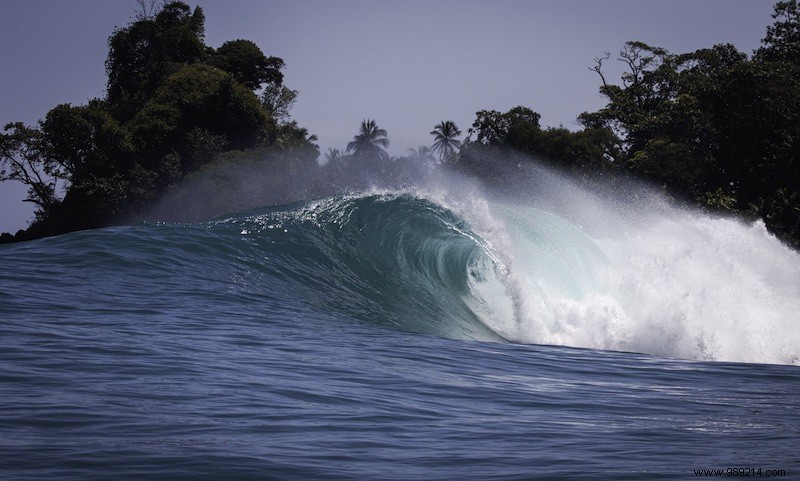
Panama:Santa Catalina Beach
There are many options for discovering Panama off the beaten track, including places like Volcán, Bahía Pinas and Isla Coco Blanco where you can find small communities, jungle hideaways and deserted beaches. One of the less-visited beaches worth visiting is Santa Catalina, a small fishing village where you can enjoy the best diving and surfing spots in the country. Located in the Pacific Ocean in the province of Veraguas, this is the best place to surf in the country, from El Estero Beach for beginners to La Punta for the advanced. A nice day trip is a trip to the Coiba National Park, a national park where you can dive, hike and spot animals. If you like swimming, you can swim from the beach to the island of Isla Santa Catalina. This paradise is an unbeatable chill spot and has a very relaxed atmosphere.
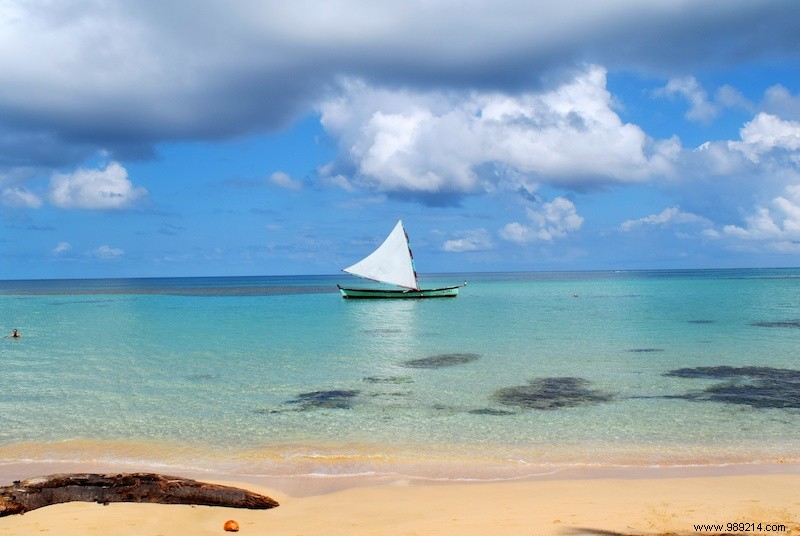
Nicaragua:Corn Islands
Swaying palm trees, white sand beaches and azure waters, the serene beauty of Nicaragua's Corn Islands guarantees ultimate relaxation. Located about 80 kilometers from the east coast of Nicaragua and consists of two islands; Big Corn and Little Corn, you fly to Big Corn and you can take a boat to Little Corn. Most visitors usually stay on Little Corn Island, where there are no roads or motor vehicles, but paradisiacal and quiet beaches.